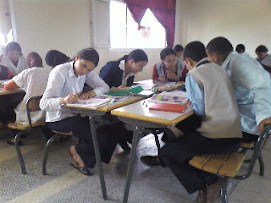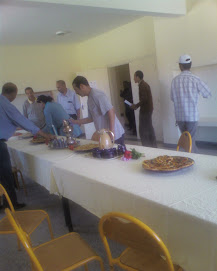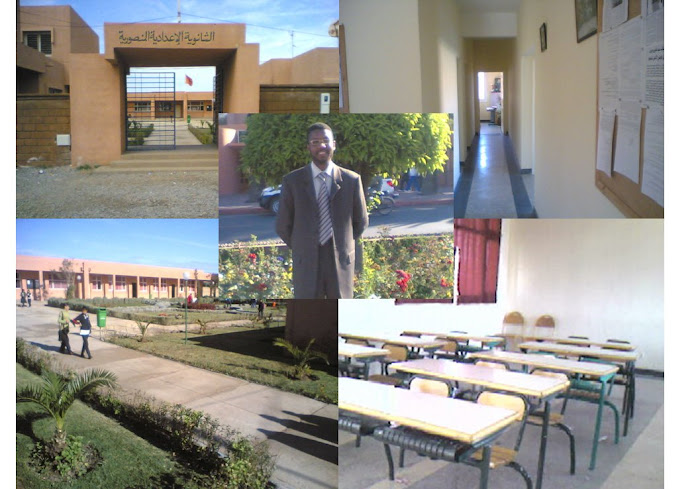Do you get annoyed when your students concentrate on using their mobile phones to text each other rather than focusing on the lesson? How could we harness this enthusiasm for the purposes of English study? This month we look at ideas for exploiting text messaging in class. Next month we’ll see what else a mobile phone can do.
Fast textingTell students your phone number then get them to prepare to write a text message. Explain that their aim is to type in an exact copy of a text you will show them. When ready they should send it to you. The first three perfect answers you receive will be the winners. Reveal a prepared short story (using any grammar items you want to practise) written on the board or a large piece of paper. Students must now rapidly enter and send the text. The unpredictable speed of phone transmission will add an element of randomness to which messages you receive first. Check the texts carefully and reject those with any mistakes.
Mini sagasThe standard text has a limit of 160 characters (letters and spaces). This can be used to set an interesting challenge, especially for higher level students, e.g. ‘Write a complete story that has a beginning, middle and end in less than 160 characters’. Try other ideas e.g. ‘Write a complaint to a shop’, ‘Write a poem’, etc. Make the writing more challenging by requiring the text to be exactly 160 characters – not any more or less.
SMS translation(Note: SMS = a ‘text message’ or a ‘text’.) Download and make copies of an SMS dictionary from the internet (web-search: ‘SMS dictionary’). This will tell you lots of abbreviations such as CUL8R (See you later) LOL (Laugh out loud) T2GO (Time to Go). Distribute a short message to groups and get them to use the SMS dictionary to translate it into using abbreviations. Then do the reverse - hand out a short printed message that uses some of the abbreviations and ask groups to prepare a translation into ‘real’ English.
SMS consequencesEach group of students discusses and writes the first line of a story (max. 50 characters) then sends it to the next group. Each group then continues the story they receive (again max. 50) and sends it on again. This time they finish the story (60 characters). There will be some fun reading the results.
Predictive textMany phones have predictive text – i.e. the phone guesses the most likely word you want based on which keys you press. But this can lead to some errors too. For example, typing the word ‘home’ uses the same keystrokes as ‘good’ (‘ghi’ share the same key - as do ‘mno’ and ‘d-e-f’) and the phone may choose the wrong word. Write a short text including some of these errors e.g. “Last might I arrived good at 6 o’block” and see if students can work out the correct words by studying their phone keyboards for letters that share keys.
Fast textingTell students your phone number then get them to prepare to write a text message. Explain that their aim is to type in an exact copy of a text you will show them. When ready they should send it to you. The first three perfect answers you receive will be the winners. Reveal a prepared short story (using any grammar items you want to practise) written on the board or a large piece of paper. Students must now rapidly enter and send the text. The unpredictable speed of phone transmission will add an element of randomness to which messages you receive first. Check the texts carefully and reject those with any mistakes.
Mini sagasThe standard text has a limit of 160 characters (letters and spaces). This can be used to set an interesting challenge, especially for higher level students, e.g. ‘Write a complete story that has a beginning, middle and end in less than 160 characters’. Try other ideas e.g. ‘Write a complaint to a shop’, ‘Write a poem’, etc. Make the writing more challenging by requiring the text to be exactly 160 characters – not any more or less.
SMS translation(Note: SMS = a ‘text message’ or a ‘text’.) Download and make copies of an SMS dictionary from the internet (web-search: ‘SMS dictionary’). This will tell you lots of abbreviations such as CUL8R (See you later) LOL (Laugh out loud) T2GO (Time to Go). Distribute a short message to groups and get them to use the SMS dictionary to translate it into using abbreviations. Then do the reverse - hand out a short printed message that uses some of the abbreviations and ask groups to prepare a translation into ‘real’ English.
SMS consequencesEach group of students discusses and writes the first line of a story (max. 50 characters) then sends it to the next group. Each group then continues the story they receive (again max. 50) and sends it on again. This time they finish the story (60 characters). There will be some fun reading the results.
Predictive textMany phones have predictive text – i.e. the phone guesses the most likely word you want based on which keys you press. But this can lead to some errors too. For example, typing the word ‘home’ uses the same keystrokes as ‘good’ (‘ghi’ share the same key - as do ‘mno’ and ‘d-e-f’) and the phone may choose the wrong word. Write a short text including some of these errors e.g. “Last might I arrived good at 6 o’block” and see if students can work out the correct words by studying their phone keyboards for letters that share keys.
.jpg)



